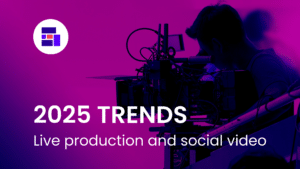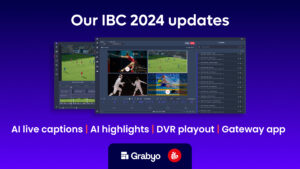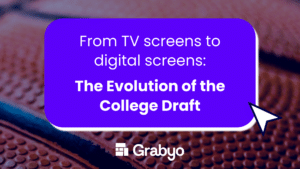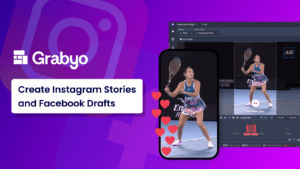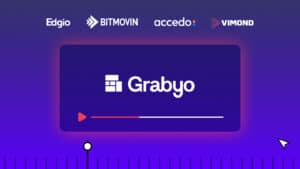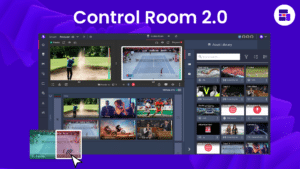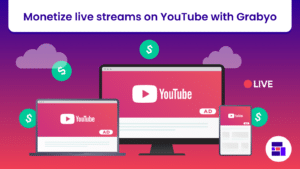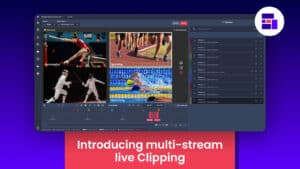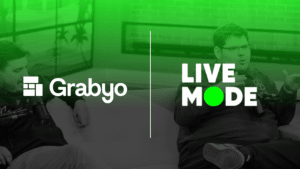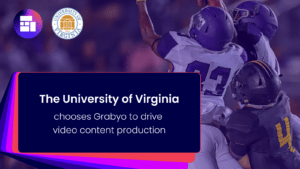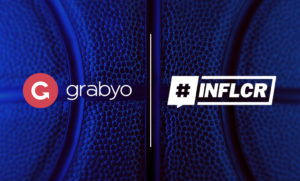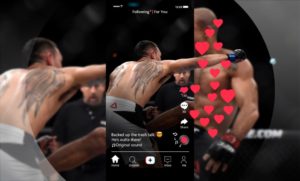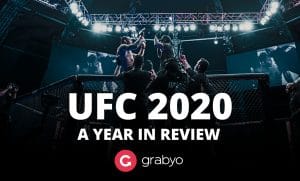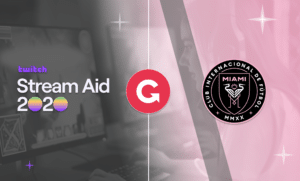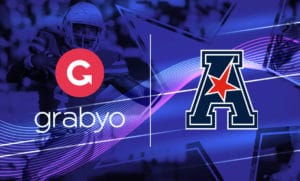Team Grabyo talks the future of broadcast in Atlanta, GA
We held our first OTT executive forum to discuss the future of broadcast in the States last week.
Team Grabyo touched down in Atlanta last week for the SportsPro OTT Summit. Whilst in town, we also decided to host our very-own first OTT Executive Forum in the United States.

Although closed to the media, here is a little sneak peek at the key themes discussed.
The event is an expansion of our successful long-running event series in London and Singapore. We welcomed over 40 senior execs from across sports, broadcast and entertainment who came together for a fantastic afternoon of discussion, knowledge sharing and networking.
The forum opened up with our CEO, Gareth Capon, exploring the future of broadcast and the OTT landscape. How are consumers driving the shift in production and content distribution? How can broadcasters, federations and publishers use cloud technology to create simple, affordable and scalable content workflows?
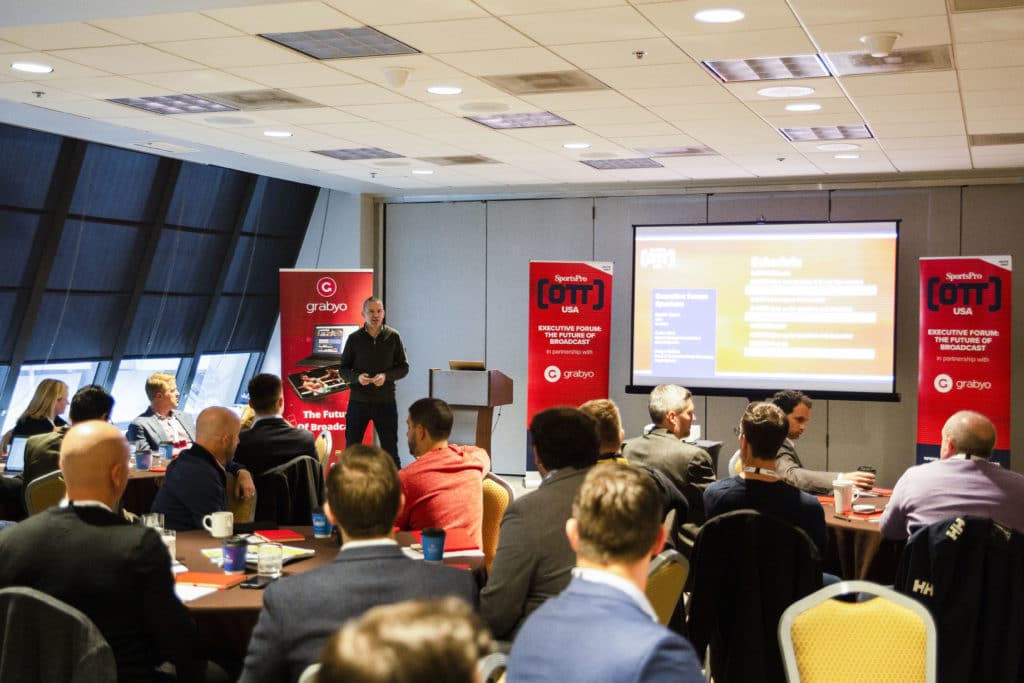
The future of broadcast is the internet
Cloud video was very much the heart of the day, with attendees discussing how the adoption of cloud services for video production, distribution and editing has already simplified live, VOD and OTT video workflows.
Connectivity and data transfer is a recurring problem for those who have not moved to a live cloud workflow. However, soon will come the widespread rollout of 5G, and the ability to move vast amounts of data through the cloud, with sub-second latency, through dedicated networks. It was agreed that broadcasters will soon be able to cover more live events, capture more content and create new experiences for fans by utilizing a cost-effective cloud-based workflow.
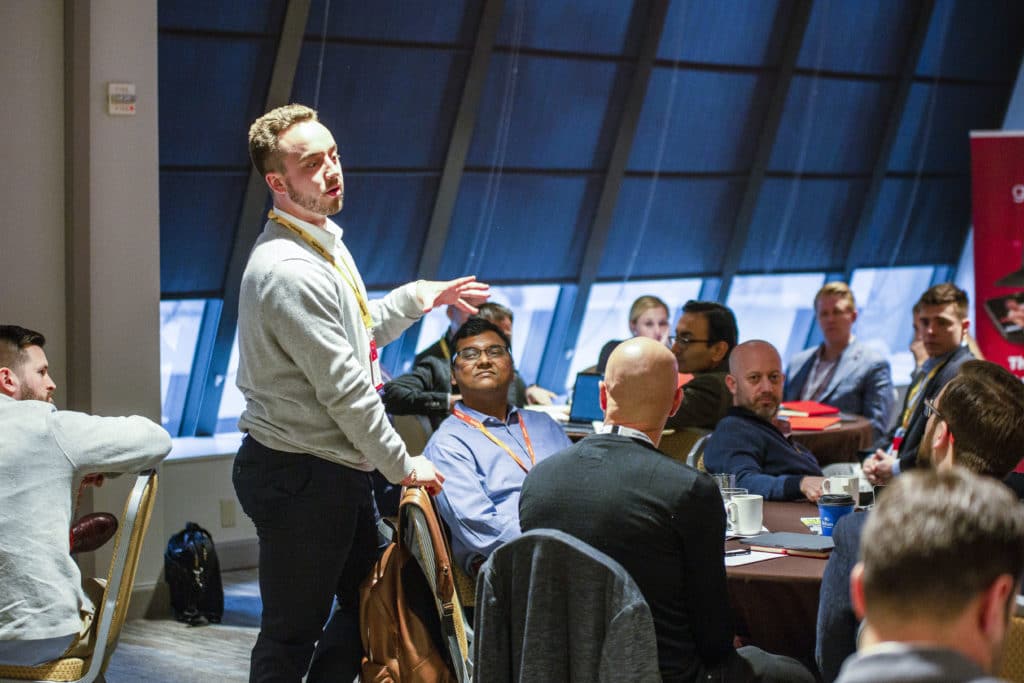
The cloud makes it personal
The shift to OTT has put more emphasis on the ability to deliver regionalized and personalized content and viewing experiences. The ability to add commentary, graphics and advertising across multiple platforms and devices is key to creating a successful multi-region OTT platform.
Legacy hardware was never set up with this in mind, making it expensive and complicated to create different versions of the same output. Shifting to the cloud enables more of this to be done remotely, reducing the time and investment needed to produce content for a broader audience.
Another topic discussed was the sheer amount of data now available to use within the viewing experience. Displaying this, for viewers who want access, enriches the experience. However, less can be more when it comes to on-screen data.
Rightsholders in the room debated the need to provide flexible viewing experiences, allowing viewers to choose how much on-screen information they can view.

Technology is driving the fan-experience
Those in attendance were lucky enough to hear from Grabyo partners MotoGP and Intel Sports, who both described how the cloud has changed how they deliver experiences to fans across multiple platforms and devices.
For MotoGP, when it comes to engaging fans, they need to be on every platform and every device. That means creating a production set up that covers every second of the action. MotoGP currently has over 120 cameras, both on-track and on-bike, to ensure every angle of every race is covered and ready for use across all of its digital platforms.
MotoGP has a huge digital following and much of this is due to its ability to deliver premium quality content, optimized for each platform and region. MotoGP ensures fans across the world have access to both live and on-demand content wherever and whenever they want to access it.
With Intel Sports, the challenge is redefining the way fans can interact with content that’s live, on-demand and in-stadium. Through its TruView technology, sports properties are now able to allow viewers the freedom to choose their own viewing angles, seconds after the action has happened. This flexible approach to content delivery ensures fans always have the best viewing experience regardless of location and have access in real-time.
Intel TrueVue uses multiple 5K HD cameras to capture massive amounts of volumetric video using the cloud and high-speed connectivity to deliver to multiple platforms – including television, mobile, social, VR headsets, PCs, and more. Giving broadcasters, teams, and fans access to new, immersive experiences when and how they want them.
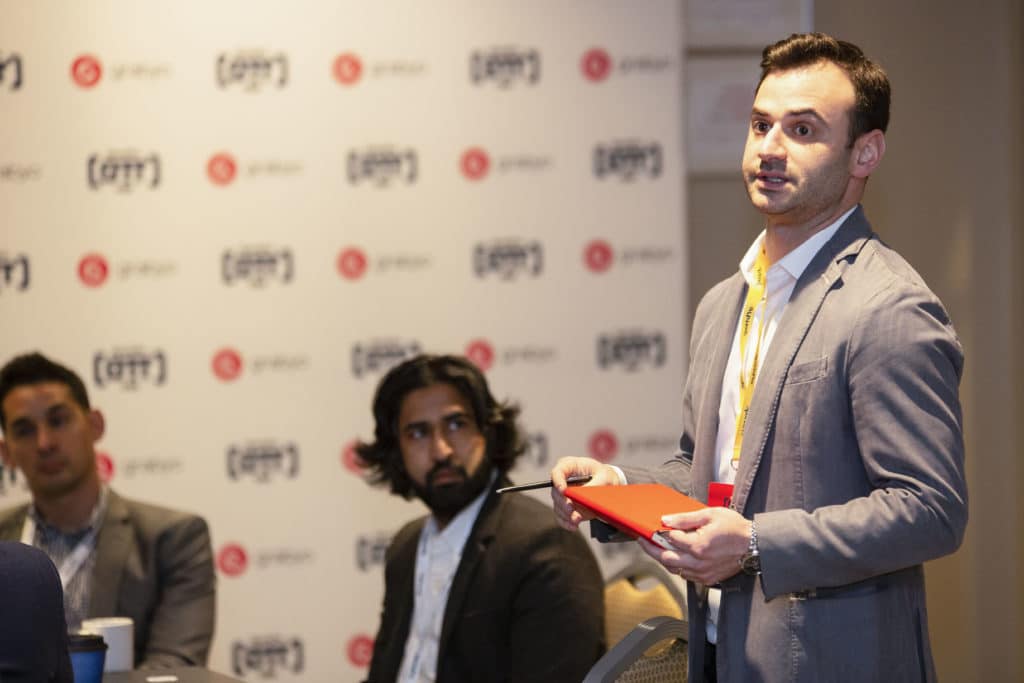
Cloud production means doing more for less
Following the OTT Executive Forum was the SportsPro OTT Summit USA, with over 300 attendees, 40 speakers and 20 sessions, discussing everything from piracy to the future of sports betting and OTT.
Cloud production was a key theme throughout. While many broadcasters have adopted certain aspects of cloud delivery for remote production, the concept of moving to a full cloud solution for live production was one of hot debate and intrigue. When asked where he would invest $1million this year, Brian Herbst, SVP Broadcast and Innovation at Nascar, believed the investment in cloud production would ensure Nascar fans globally could watch every single moment from every single race. This output isn’t possible using traditional production methods – the amount of investment needed prevents it.
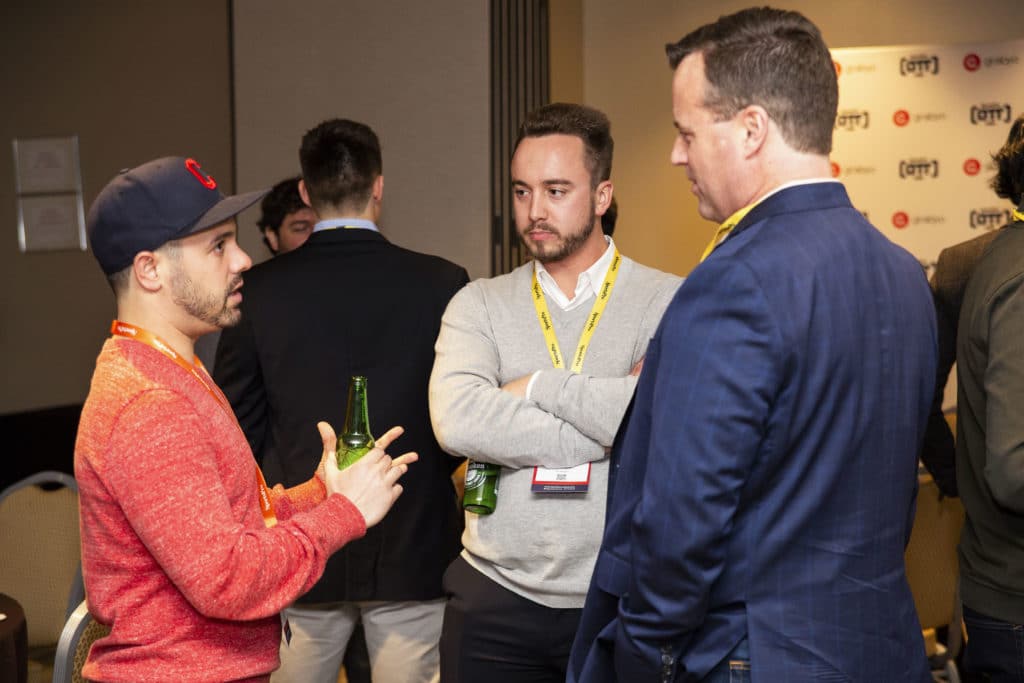
5G opens the door for on-course, in-stadium experiences
The impending mass rollout of 5G and connected mobile devices was discussed heavily across multiple panels. Low-latency contribution, mobile production, user-generated content, and what it means for delivering ‘in-stadium’ fan experiences were all hot topics.
With live audiences now having access to high speed, reliable internet from their pockets, rights holders can create new supplementary content experiences. Scott Gutterman, VP Digital Operations at PGA Tour, wants to encourage fans in attendance to share live streams and videos directly with the Tour, allowing them to create a user-generated ‘GreenZone,’ providing an alternative and exclusive look that TV cameras can’t access.

Younger audiences want content wherever and whenever
Almost everyone that took to the stage is looking to reach, engage and monetize a younger audience, especially within live sports. For all, that means being able to deliver optimized content for multiple platforms and devices. Younger audiences watch content wherever they want, whenever they want, ensuring highlights are still a prized commodity for OTT platforms, though using highlights to push live tune-in is still a work in progress.
Russell Wolff, ESPN+ General Manager, talked at length about the need to understand each distribution platform and device and create a fantastic viewing experience for each to deliver the best possible value for subscribers.
We have many more executive forums and digital summits planned across the globe for 2020. Get in touch with hello@grabyo.com to ensure you don’t miss out on any of our upcoming events. The future of broadcast is almost upon us, don’t get left behind!
Related blogs
Stay in touch.
Join over 10,000 media professionals and register to receive our monthly newsletter directly to your inbox!
